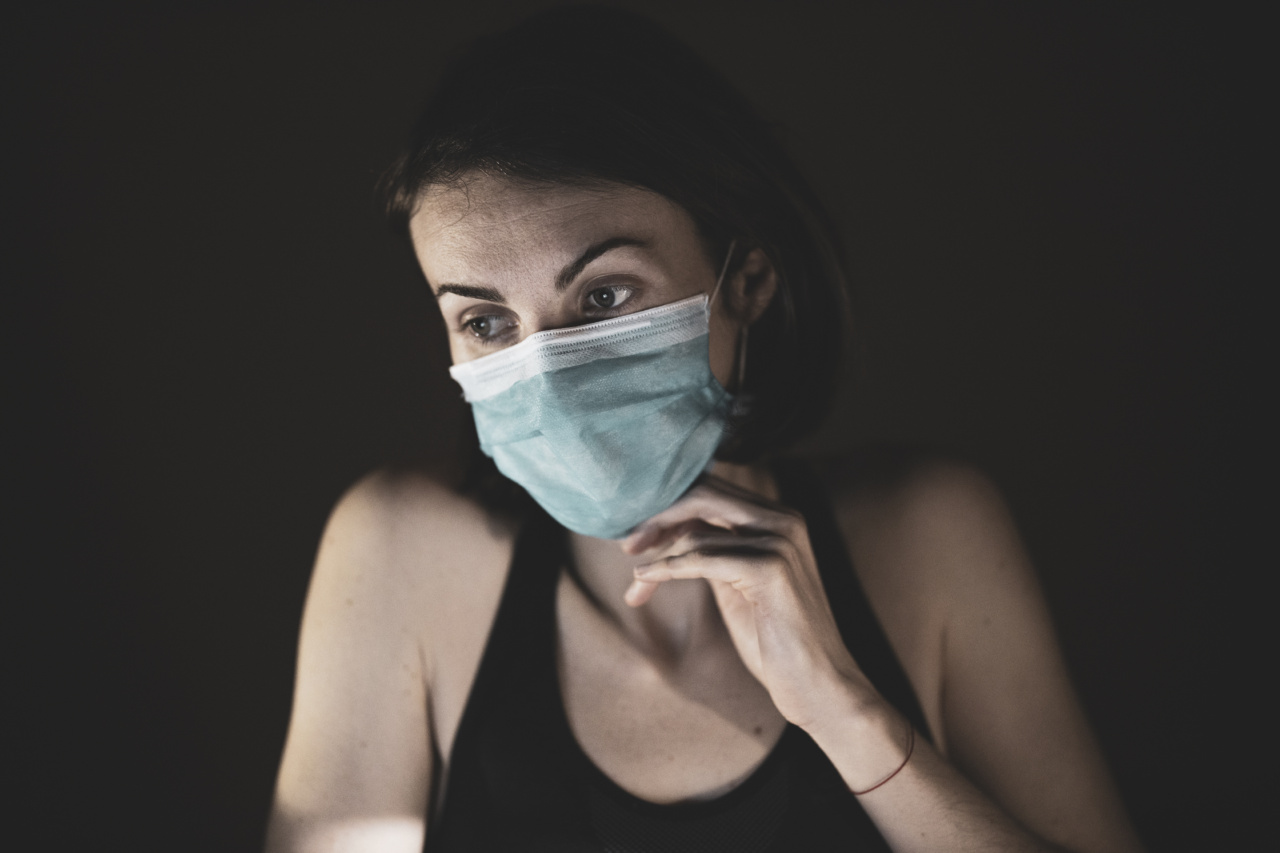A deadly strain of flu has spread rapidly across the country, leaving 14 people dead and 53 others in critical condition. Health officials are expressing deep concern over this outbreak, as the numbers continue to rise.
The virus, known as H3N8, is causing severe respiratory symptoms and has proven to be highly contagious. Communities are urged to take necessary precautions to prevent further spread of this life-threatening flu.
The Impact of H3N8
The H3N8 flu virus is part of a family of influenza viruses that primarily affect horses and dogs. However, this particular strain has mutated and crossed over to infect humans. What is most alarming is its rapid transmission rate.
It can spread easily through respiratory droplets when an infected person coughs or sneezes, making it highly contagious.
Once a person contracts the H3N8 flu, symptoms tend to manifest within 1 to 4 days. These symptoms typically include high fever, severe coughing, sore throat, body aches, and extreme fatigue.
While most healthy individuals can recover from the flu with proper care, the elderly, young children, and people with compromised immune systems are at higher risk of developing life-threatening complications.
The Outbreak Situation
The current outbreak of the H3N8 flu has spread to multiple states, affecting both urban and rural areas. Hospitals and healthcare facilities are overwhelmed with patients seeking treatment for flu-related symptoms.
Medical professionals are working tirelessly to provide care to those in critical condition, but the increasing number of cases is putting a strain on the healthcare system.
Authorities are urging individuals to practice strict hygiene measures, including frequent handwashing, avoiding close contact with sick individuals, and using tissues to cover their mouths and noses when coughing or sneezing.
Additionally, vaccination is strongly recommended as a preventive measure against the H3N8 flu virus.
How to Protect Yourself
There are several steps individuals can take to protect themselves and reduce their risk of contracting or spreading the deadly flu virus:.
1. Get Vaccinated
Vaccination is the most effective way to prevent flu infections. Ensure that you and your family members receive the flu shot, as it can significantly reduce the risk of contracting the H3N8 virus.
Speak to your healthcare provider for more information on vaccination options.
2. Practice Good Hygiene
Wash your hands frequently using soap and water for at least 20 seconds. If soap and water are not available, use hand sanitizer with at least 60% alcohol content.
Avoid touching your face, especially your eyes, nose, and mouth, as these are common entry points for the flu virus.
3. Avoid Close Contact
Avoid close contact with sick individuals, especially those displaying flu-like symptoms. If possible, stay at least six feet away from people who are coughing, sneezing, or exhibiting signs of respiratory distress.
4. Cover Your Mouth and Nose
When coughing or sneezing, use a tissue to cover your mouth and nose. Dispose of used tissues immediately and wash your hands afterward.
If a tissue is not available, sneeze or cough into the crook of your elbow to prevent respiratory droplets from spreading.
5. Stay Home When Sick
If you develop flu-like symptoms, it is important to stay home and avoid contact with others. Rest, hydrate, and seek medical attention if necessary. By staying home, you can help contain the spread of the virus within your community.
The Importance of Public Cooperation
In order to contain and mitigate the effects of this deadly flu outbreak, it is crucial for the public to cooperate with health authorities and follow recommended guidelines.
Communities should be vigilant and proactive in implementing preventive measures to protect vulnerable populations.
The current situation calls for increased awareness, responsible behavior, and support for healthcare professionals who are working tirelessly to save lives.
By uniting against this common threat, we can overcome this deadly flu outbreak and prevent further devastation.































